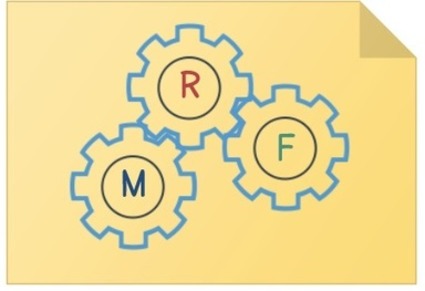RFM is a marketing technique that analyses customer and sales data to find your most valuable customers, based on their past purchasing habits. It does this by focusing on specific signals, as follows:When you segment your list according to RFM, you will create different bands of customers. Here’s how you can approach each one with unique messaging:
- Recency — How recently has this contact purchased products or services from your business, visited your website or store, or interacted with you in a meaningful way?
- Frequency — How often does this contact purchase products or services from your business, how often do they visit your store or website, and what is the frequency of their interactions with you?
- Monetary value — How much money does this contact spend with your business, in terms of profitability or revenue?
- High RFM customers — Make them aware of your more high-end products and services. Give them unique discounts and high-value rewards for being such active supporters of your business. Encourage them to refer others and reward them for doing so — this band of people make for great customer advocates.
- Medium RFM customers — Make them aware of particular sales and promotions that you’re running. This would be your “standard” email marketing, combining awareness, value-add, and other messaging.
- Low RFM customers — These are the people who don’t spend much or buy often from your business. You might want to offer free trial periods, one-off discounts, and other ways to get them to try out your services. You’re trying to encourage the people in this band to become medium RFM customers.
Research and publish the best content.
Get Started for FREE
Sign up with Facebook Sign up with X
I don't have a Facebook or a X account
Already have an account: Login



 Your new post is loading...
Your new post is loading...









Definitely CT for details on strategies and tactics...
Visualize your Marketing Stack. marketingIO will analyze your marketing technology and deliver a visual of your MarTech Stack. Free. Go here: http://go.marketingio.com/stack_analysis
marketingIO: MarTech for B2B Marketers. Strategy, Software, Services, Support, Staffing. Go here to submit RFQs: http://www.marketingio.com #MarTech #DigitalMarketing